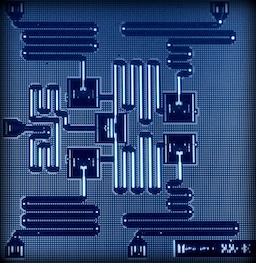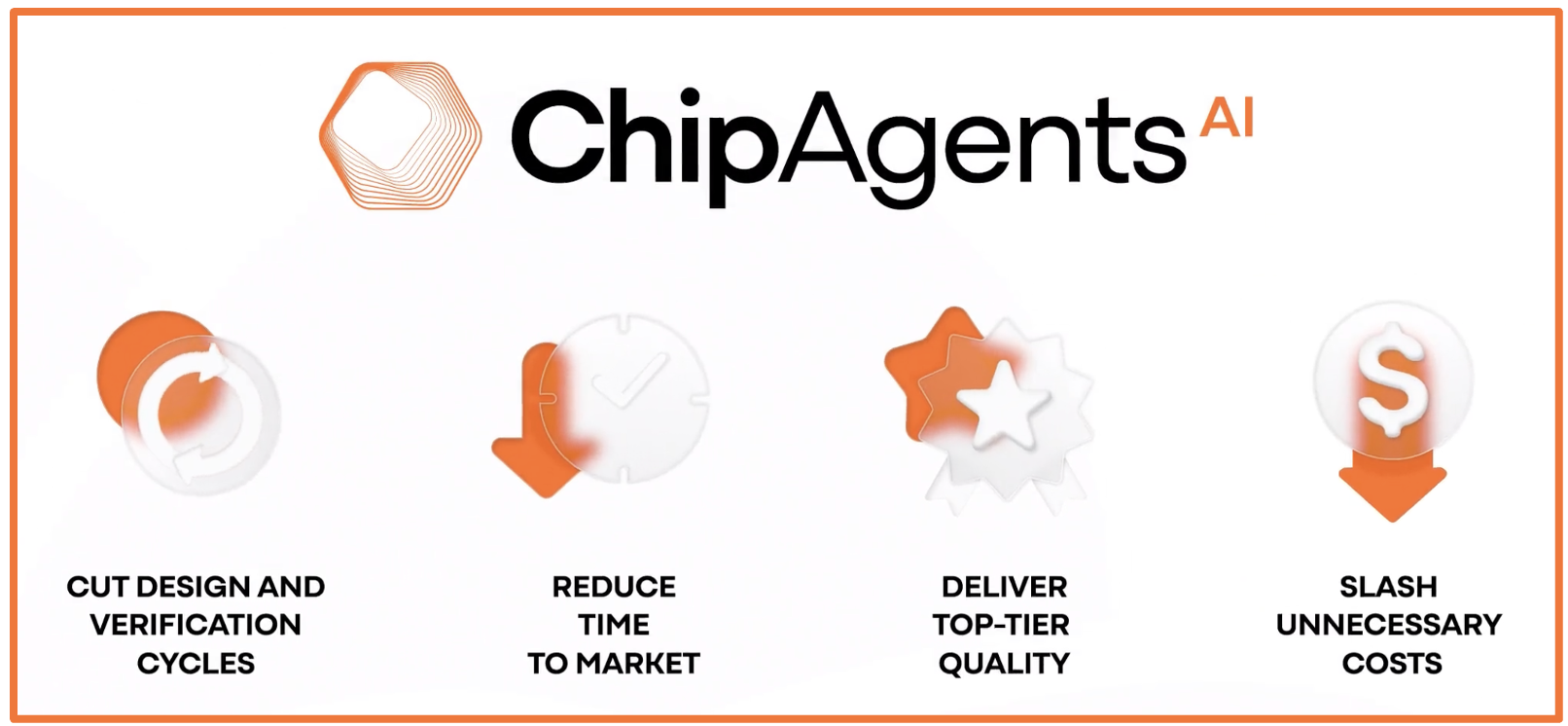Daniel is joined by Chris Morrison, vice president of product marketing at Agile Analog, the customizable analog IP company. Chris has over 18 years’ experience developing strong relationships with key partners across the semiconductor industry and delivering innovative analog, digital, power management and audio products.… Read More
The big semiconductor news this week is the legal action TSMC is taking against former Senior Vice President Wei-Jen Lo. This looks to be a serious game of 3D chess between CC Wei and Lip-Bu Tan so it is worth a look. I got this notice in my inbox early Tuesday morning:
Immediately following, there was an interesting discussion on SemiWiki… Read More
In the complex world of IC design, electrical verification has emerged as a critical yet often overlooked bottleneck. Aniah’s upcoming webinar on December 4, 2025, titled “Electrical Verification: The Invisible Bottleneck in IC Design,” sheds light on this issue, introducing their groundbreaking OneCheck® solution. … Read More
The explosive growth of AI and accelerated computing is placing unprecedented demands on system-on-chip (SoC) design. Modern AI workloads require extremely high bandwidth, ultra-low latency, and energy-efficient data movement across increasingly heterogeneous architectures. As SoCs scale to incorporate clusters of… Read More
In the fast-evolving world of electronic design automation (EDA), where complexity multiplies with every nanometer shrink and AI integration, data silos are the silent killers of innovation. Keysight Technologies, a leader in design and test solutions, tackles this head-on with their webinar “From Silos to Systems,… Read More
It was very clear at the recent 2025 TSMC OIP Ecosystem Forum that the semiconductor I/O landscape has undergone a profound transformation over the past 25 years, evolving from simple general-purpose input/output (GPIO) cells in 180nm nodes to highly complex, multi-protocol, feature-rich libraries in advanced 16nm and 22nm… Read More
Daniel is joined by Fabrizio Del Maffeo, CEO and co-founder of Axelera AI, a Netherlands-based startup delivering the world’s most powerful and advanced solutions for AI at the edge.
Fabrizio describes the significant momentum Axelera AI has achieved in the market, with over 350 customers. Dan then explores the company’s… Read More
Bug localization continues to be a challenge for both bug triage and root-cause analysis. Agentic approaches suggest a way forward. Paul Cunningham (GM, Verification at Cadence), Raúl Camposano (Silicon Catalyst, entrepreneur, former Synopsys CTO and lecturer at Stanford, EE292A) and I continue our series on research ideas.… Read More
By Niranjan Sitapure
Artificial intelligence (AI) is reshaping industries worldwide. Consumer-grade AI solutions are getting significant attention in the media for their creativity, speed, and accessibility—from ChatGPT and Meta’s AI app to Gemini for image creation, Sora for video, Sona for music, and Perplexity for web… Read More
Mixel, Inc., a longtime leader in mixed-signal and MIPI® interface IP, entered a new chapter in its history following its acquisition by Silvaco Group, Inc., a global provider of design software and semiconductor IP. The acquisition, completed earlier in 2025, marks a strategic move that combines Silvaco’s deep expertise in… Read More












TSMC Formally Sues Ex-SVP Over Alleged Transfer of Trade Secrets to Intel